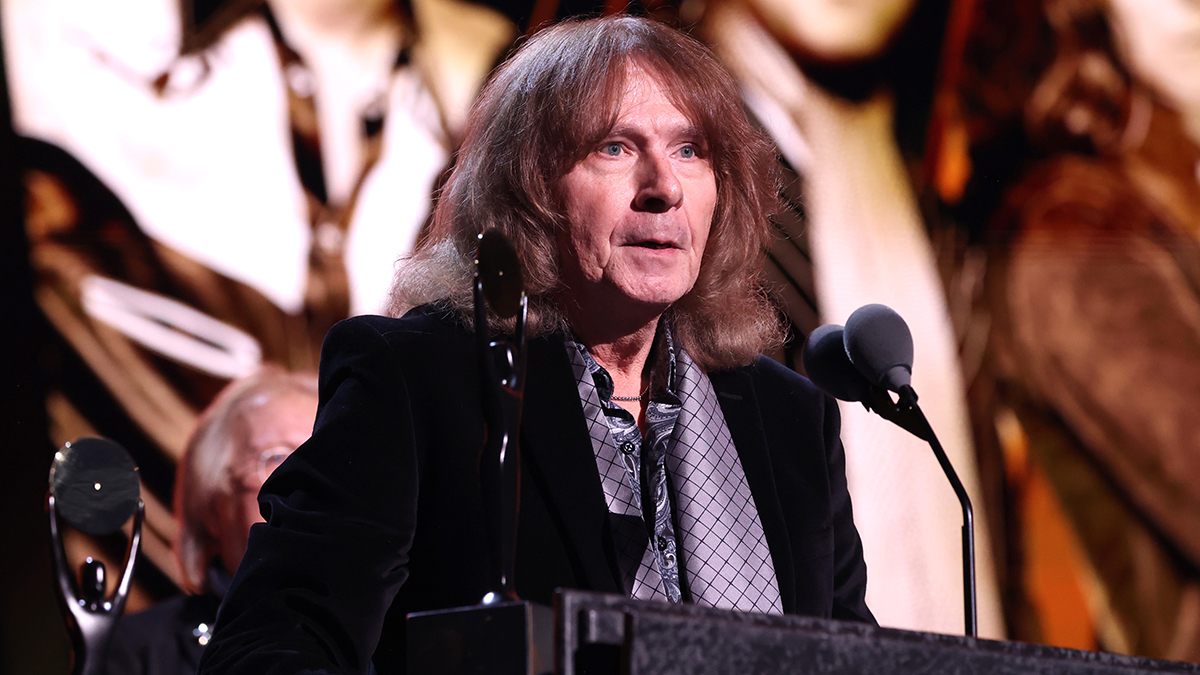“I was going to buy a Minimoog because Keith Emerson had one. I was in the store and I was trying it out and I hear a voice behind me say ‘you don’t want that’”: Why Foreigner’s Al Greenwood said no to the Minimoog and bought a little-known synth instead
“It played two notes at a time, which was unbelievable - to be able to play almost a chord with it - and it had four oscillators instead of three”
Considered long overdue, Foreigner’s induction into Rock & Roll Hall of Fame had been actively campaigned for, and the band finally got their flowers at the 2024 ceremony over the weekend.
To mark the occasion, Al Greenwood, the band’s original keyboard player, has donated one of his synths to the Hall: his 1971 Electronic Music Laboratories (EML) 101. This featured heavily on Foreigner’s eponymous debut album, which included the hits Feels like the First Time and Cold as Ice.
Speaking to the Rock & Roll Hall of Fame, though, Greenwood says that, when he walked into Manny’s Music in New York to buy a synth back in the early ‘70s, this wasn’t the instrument he was originally planning to leave the shop with.
“I was going to buy a Minimoog because Keith Emerson had one,” he says. “And I was in the store and I was trying it out and I hear a voice behind me say ‘you don’t want that’. And I turn around and it’s an older gentleman.
“His name was Walter Sear, and he had worked with Robert Moog at Moog, and he said ‘you want to get this’. And he showed me a new synthesizer - it was called an EML 101. It did some remarkable things that no other synthesizer could do at the time.
“It played two notes at a time, which was unbelievable - to be able to play almost a chord with it - and it had four oscillators instead of three.”
It might be relatively unknown in comparison to the Minimoog, which is often hailed as the greatest synth of all time, but the EML 101 certainly had an impressive list of specs.
Want all the hottest music and gear news, reviews, deals, features and more, direct to your inbox? Sign up here.
“I’ll get technical now,” says Greenwood. “It had frequency modulation, amplitude modulation, a noise generator. It had a full patchbay; it was a remarkable instrument. Just about every track on that first record is that synthesizer.”
Greenwood goes on to say that he took the 101 on Foreigner’s first tour - as the support band for the Doobie Brothers - giving it a perch on his Hammond organ.
“It’s kinda cool. I was kinda cute back then,” he chuckles as he looks at an old photo of himself on stage. And that synth looks pretty good, too.


I’m the Deputy Editor of MusicRadar, having worked on the site since its launch in 2007. I previously spent eight years working on our sister magazine, Computer Music. I’ve been playing the piano, gigging in bands and failing to finish tracks at home for more than 30 years, 24 of which I’ve also spent writing about music and the ever-changing technology used to make it.


